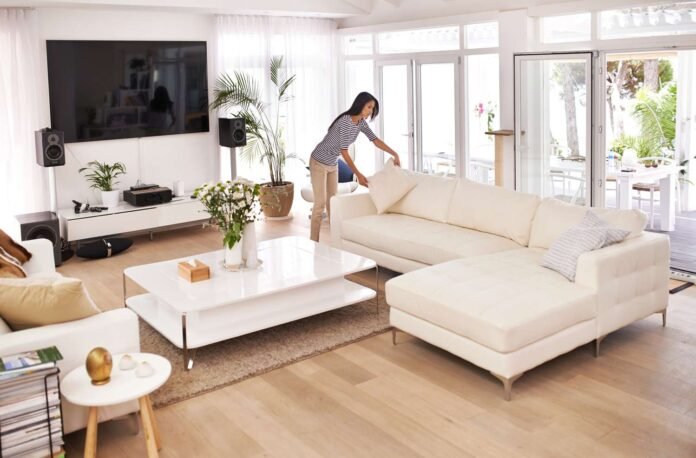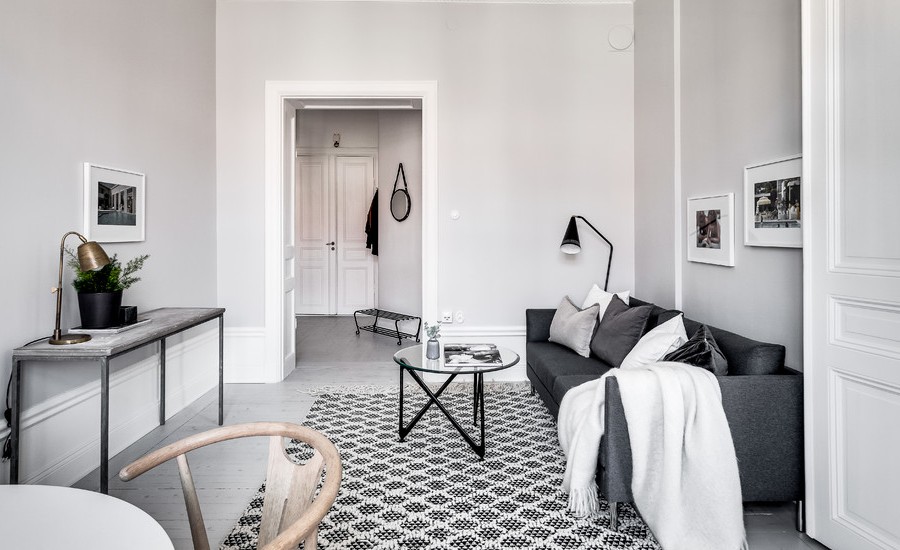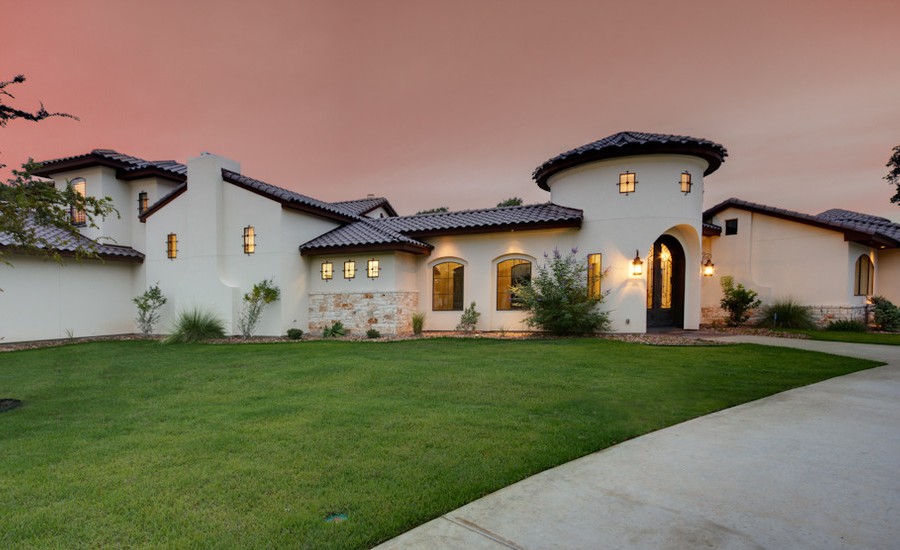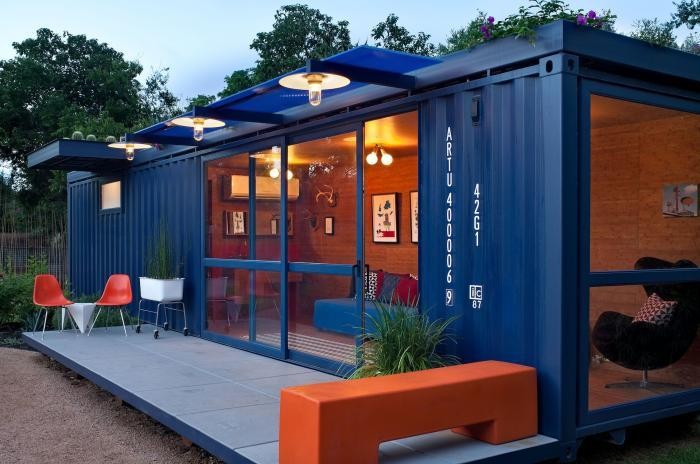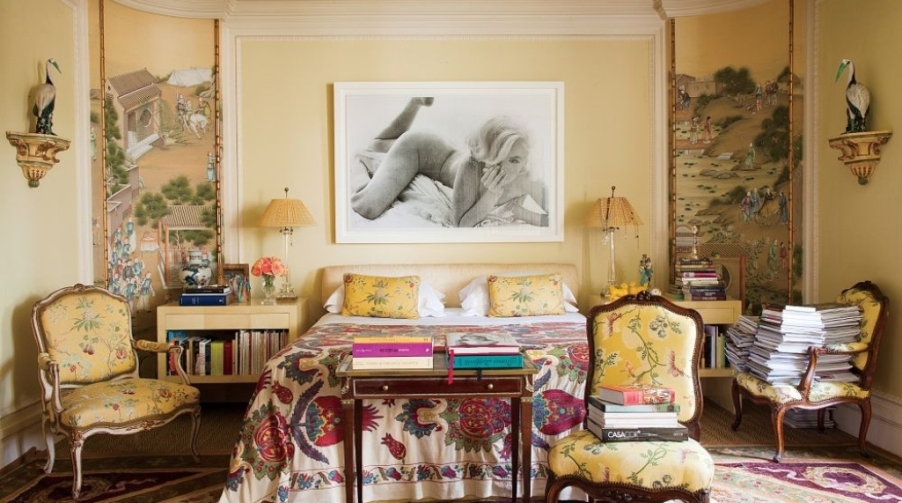When it comes to aesthetics, it’s sometimes the little things that make the biggest difference.
In a home, the right area rug can change the look of a living room and tasteful, contemporary accessories can make an older bathroom look new.
If you’re preparing your property for sale, these tiny changes can have a big impact on buyer perception. Your home becomes a more curated, welcoming space—the kind that makes an impression on viewers and helps them picture themselves living in it.
Home staging—the art of upgrading decor with potential buyers in mind—can help you sell your property faster and for more money. There’s data to back up that claim: The National Association of Realtors (NAR) reports that almost a third of agents say staged homes move off the market more quickly. Around a quarter of agents saw offers of up to five percent over asking price, too.
Here’s an in-depth guide on how staging works and how to reap the benefits of this simple home update to drive a sale.
What is home staging?
Staging is the decoration process in which homeowners upgrade the aesthetics of their property to make it as appealing as possible for a buyer. You can think of staging as turning a house into a showroom or a “display home:” a clean, attractive space in which buyers can imagine themselves.
Home staging ranges in complexity. Some people hire professional designers to do this work and others take it on as a DIY project. Whatever the case, when staging a home, folks generally start by removing personal elements, like photos, art, and nostalgia. This declutters and makes space for new, universally appealing decorations.
Those decorations can include wall hangings, kitchen and bath accessories, textiles, and plants. Some even replace their furniture with trendy rented pieces. The extent to which people revamp their spaces depends on the time and budget available for staging and how much of an upgrade is needed. If your property hasn’t undergone a refresh in decades, it might require more staging than if you just renovated pre-sale.
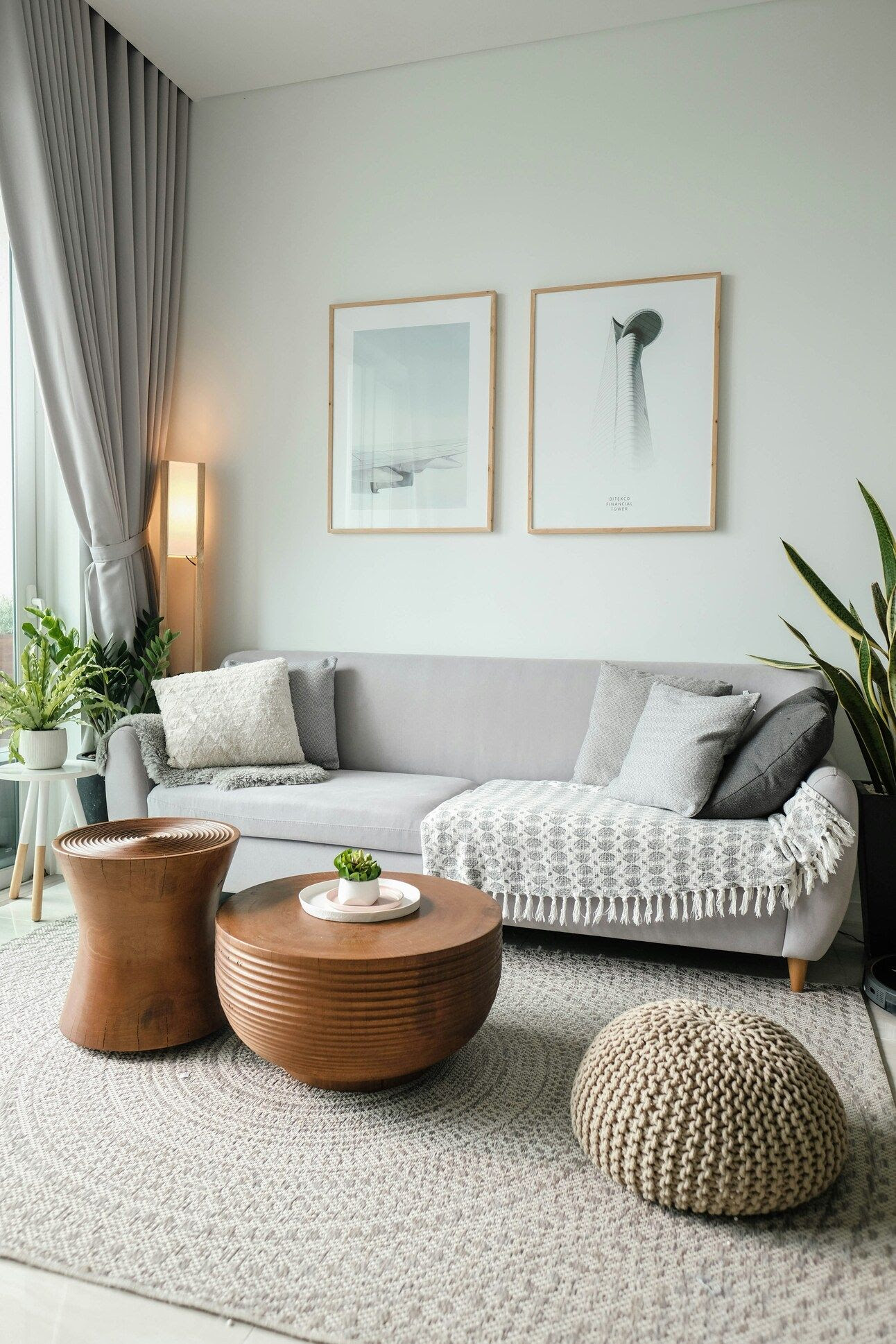
Home staging vs. interior design
Staging covers de-personalizing a home and re-decorating it with a buyer’s tastes in mind.
“Interior design” is a broader term that refers to making a space stylish and accommodating. One might not necessarily make these aesthetic choices with a buyer in mind. For example, you might interior design a space you plan to live in so that it appeals to your unique preferences.
How much does home staging cost?
Since home staging ranges in complexity, it also varies in cost. A few, quick DIY upgrades, like getting new accent pillows for the living room or putting out fresh flowers for an open house, can be very cost-effective. But an aesthetic overhaul performed by a professional stager is more expensive. Here’s how much each type of home staging costs.
DIY home staging
The best way to determine the cost of DIY staging is to make a list of necessary upgrades and project spending. Go room by room, determining what you’ll need to move out to depersonalize and how much that will imply in packing fees (even if just for boxes and tape). Then figure out what you’ll need to freshen those areas: linens, art, plants, rugs, and so on. If you’re savvy, you can likely find attractive options at “off-price” home stores (like Homegoods) or trendy big-box retailers (like Target).
A good rule of thumb is to purchase items you’re happy to take with you and reuse them in your new home. Or consider getting decor that’d be easy to resell. In either case, you get to recoup your investment in staging decor—on top of hopefully earning more on the home sale.

Professional home staging
According to Better Homes & Gardens, the average cost for professional staging is in the thousands per month range. One expert cites that a consultation can be as inexpensive as $150, while renting furniture can push the bill into the hundreds or low thousands per month. Factors like how many rooms must be staged and the going rates in a given geographical area also influence costs. For example, a staging service in Los Angeles charges up to five dollars per square foot over a three-month period, meaning that a 2,000-square-foot home would cost $10,000 in total to stage (or around $3,300 per month).
Why the cost of staging is worth it
Take it from real estate agents: Home staging is worth it. As the NAR report states, staged homes sell more quickly and lucratively. Architectural Digest compiles similar findings, citing a report that shows unstaged homes took, on average, 184 days to sell, while staged ones were on the market for only 23. That same article claims that the great majority of staged homes sell for over the listing price.
So, what contributes to these boosts in buyer interest and sale price? Here’s a look at the benefits of staging, with the buyer in mind. Staged homes:
- Are easier for people to make an emotional connection with and imagine themselves in.
- Look cleaner and more open, which drives appeal.
- Feel turnkey (even though the buyer will move in their own stuff).
- Have that polished, professional designer look that catches a prospective buyer’s eye.
- Look better in photos, and in turn, in online listings—making a standout first impression.
- Help home buyers see the property’s potential (even if your staging upgrades aren’t their style, they can still get an idea of how they can take advantage of the space).
Staging your home also comes with some additional benefits (aside from a smoother, higher-price sale) for the seller. You’ll:
- Be pushed to get a head start packing and cleaning in order to accommodate staging decor and furniture
- Acquire new items (even if just linens) you can use in your next home
Stage your home with financing
Staging can be a high-ROI (return-on-investment) upgrade. But when you’re selling your home, you might already be financially overtasked. A loan that covers staging can help you get your home as market-ready as possible without paying out of pocket.
Titus’ closing lines of credit (CLOC) is a unique financing option that covers home renovations other lenders don’t. Use a CLOC to purchase staging items, hire a professional, and cover storage fees on the boxes of personal items you move out. Learn how it works here.

